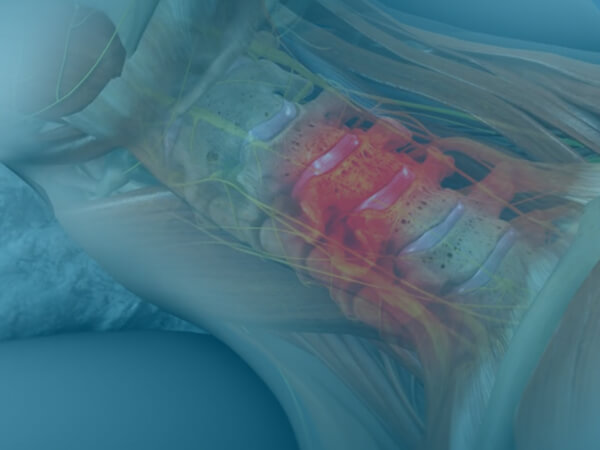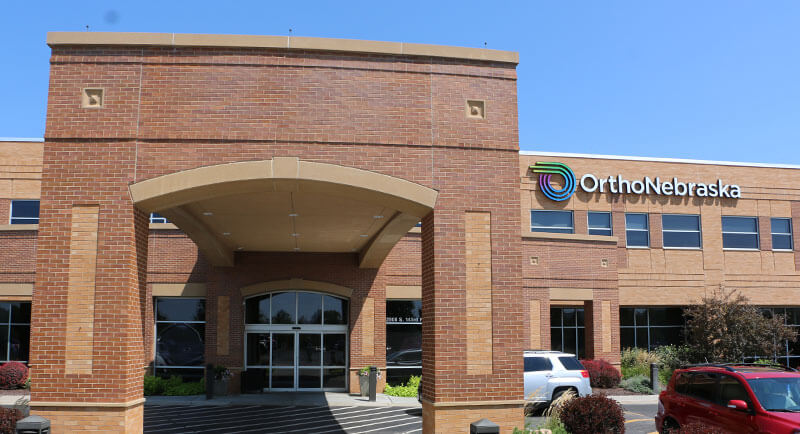What is a Cervical Discectomy and Fusion?
The surgeon will remove the damaged disc causing your symptoms and place a bone graft between your neck bones, or vertebrae.
Who should have a Cervical Discectomy and Fusion?
OrthoNebraska may recommend this procedure to patients with neck arthritis, neck injuries, or other causes of severe neck pain. This surgery is typically considered after more conservative methods of treatment, such as physical therapy or medications, have not resulted in effective pain control. Usually, imaging or other diagnostic tests have confirmed that surgery to remove the damaged disc will result in immediate pain relief.
People with osteoporosis, joint disease or inflammation may be advised to avoid this surgery.
Does a Cervical Discectomy and Fusion work?
Neck pain or numbness can be scary and if conservative treatments fail, this surgery can offer immediate relief. While anterior (surgery performed with the incision on the front of your neck rather than the back) can sound unwelcome, a study of 13,662 patients found that complications, length of stay, revisions and hospital readmissions were significantly lower than for a posterior (back of neck) approach.
What can I expect when I have a Cervical Discectomy and Fusion?
You may need a pre-surgical physical to make any necessary accommodations based on your health history. When you arrive at the hospital, you’ll speak to your surgeon and anesthesiologist. You are likely to put to sleep (general anesthesia) and be placed face up for the operation.
You will not stay overnight, but you will need to have someone drive you home. You should be able to walk as soon as numbing medications wear off. Exercise will be based on individual tolerance, but progression should be slow and measured. Physical therapy may be recommended to help recovery.
Time off from work is typically 2-4 weeks for office workers and 4-8 weeks for occupations requiring lifting or other strenuous activity.






